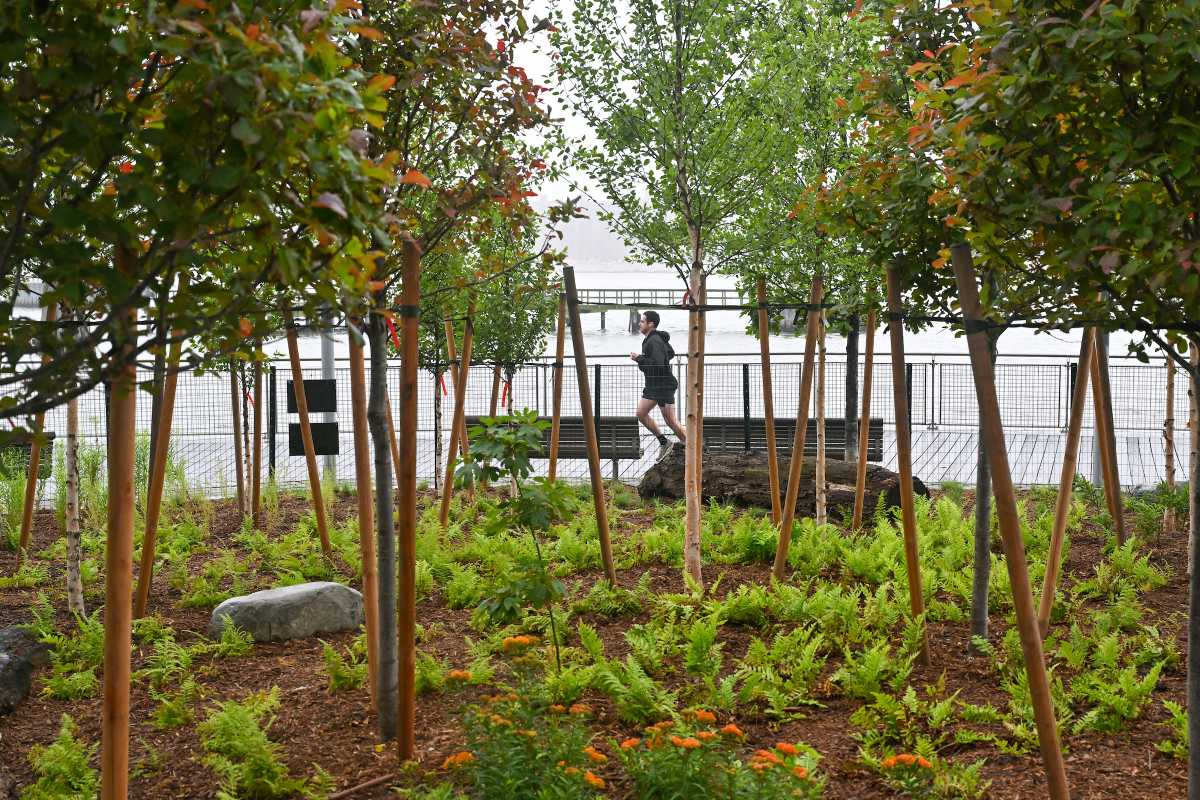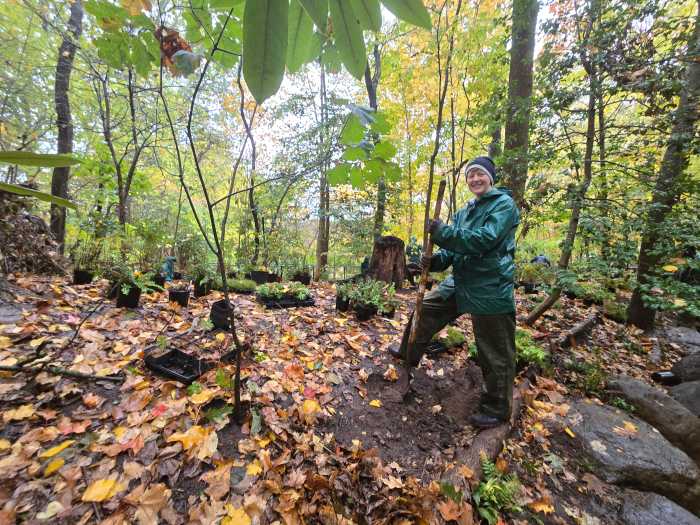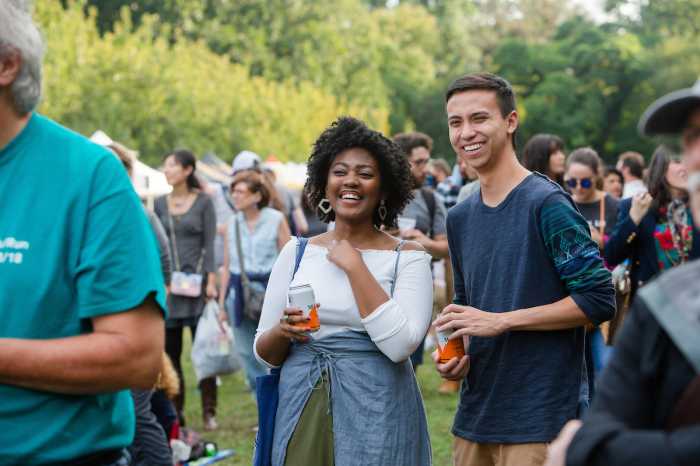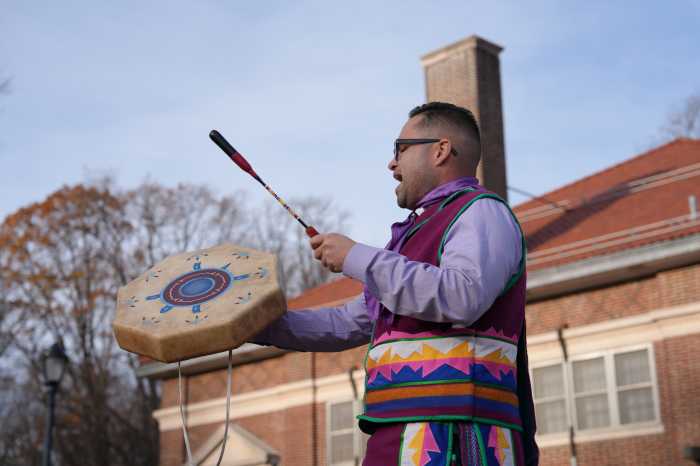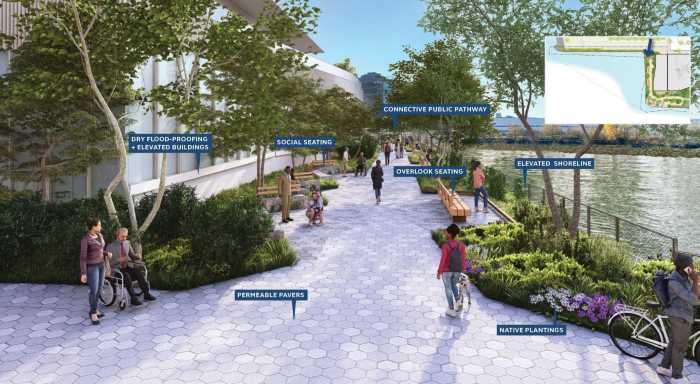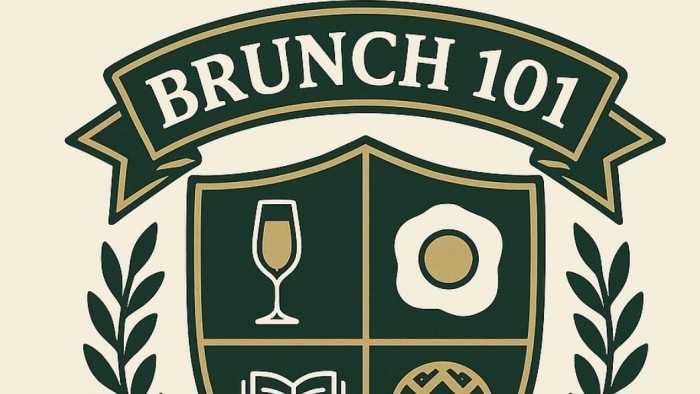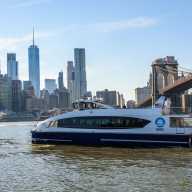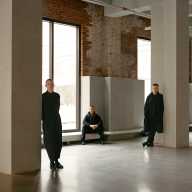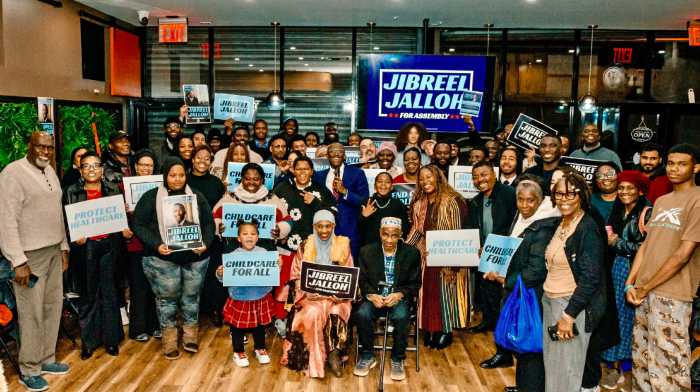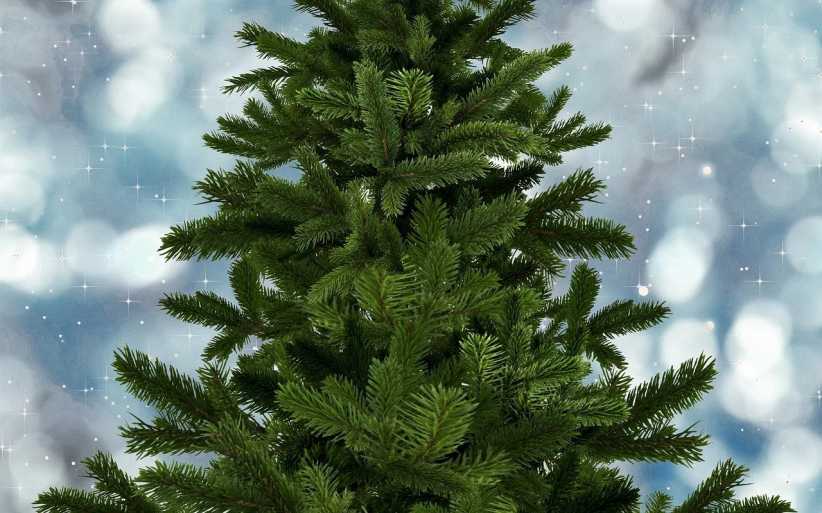The city’s parks department this week unveiled a new “mini forest” on a formerly little-used lot on the Williamsburg waterfront.
Tucked into the North Fifth Street Pier and Park, the leafy plot is filled with native plants and trees, part of the parks department’s effort to increase the tree canopy across New York City.
“The new mini forest that we have planted here in Brooklyn has transformed this lot into a vibrant and unique space for relaxation and reflection, complete with all the trees, shrubs, wildflowers, ferns, and stones that you’d find in a natural forest,” said Parks commissioner Iris Rodriguez-Rosa, in a statement.
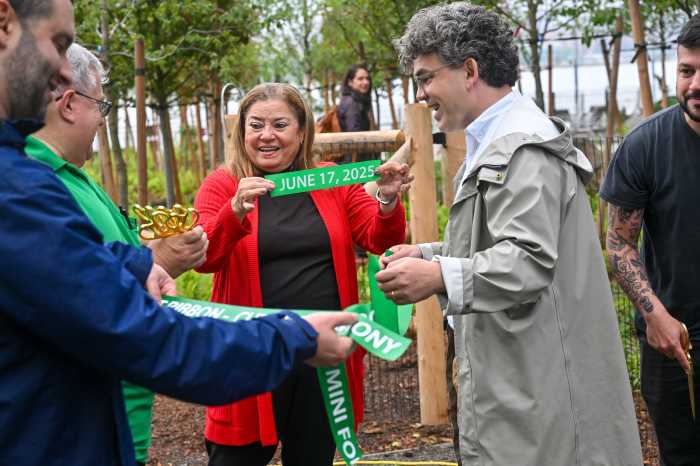

The project was inspired, in part, by Miyawaki Forests. Developed by Japanese botanist Akira Miyawaki, the tiny, man-made forests are designed to quickly restore natural ecosystems by improving soil quality and closely-packing the space with a variety of native plant species.
But Miyawaki forests are usually planted with tree saplings that can take years to grow to full size. In contrast, the Williamsburg mini forest is filled with mature trees, including serviceberry, river birch, black gum, and persimmon; plus native wildflowers, shrubs, and grasses like goldenrod, sweet fern, and butterfly weed.
“The new mini forest in the Northside of Williamsburg will have an outsized impact on our community by enhancing biodiversity, improving air quality, preventing flooding, and beautifying a rundown, underutilized park space,” said Council Member Lincoln Restler, in a statement. “I’m grateful to NYC Parks for embracing this proposal and making this project happen. I’m excited to replicate this model and build more mini forests around the City of New York.”
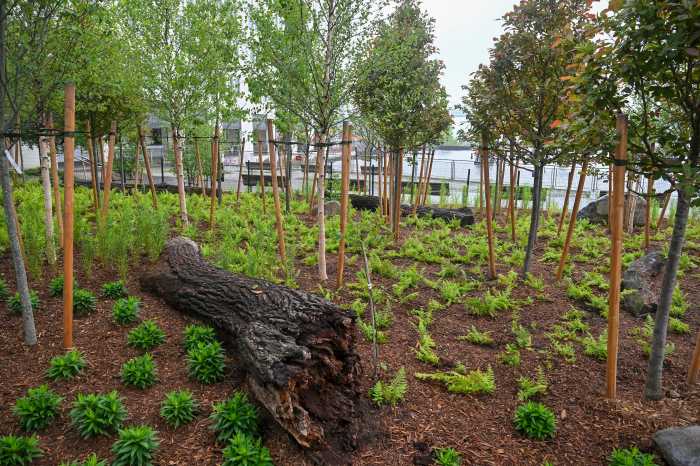
Constructing the mini forest ran about $200,000. The parks department paid $197,000, while Restler’s office contributed an extra $35,000 for installation and maintenance.
New York City’s first Miyawaki forest opened on Roosevelt Island last year. The forests are known for providing myriad benefits — shade, habitat, and flood prevention — while requiring relatively little maintenance after they’re established.
Urban trees provide shade, helping to keep streets and neighborhoods cooler. According to the Parks Department, the section of Williamsburg between North 14th Street and Division Avenue to the east of Lorimer Street contains more than 5,000 trees. Every year, those trees are estimated to intercept more than 6 million gallons of stormwater and absorb 7,500 pounds of air pollution.


